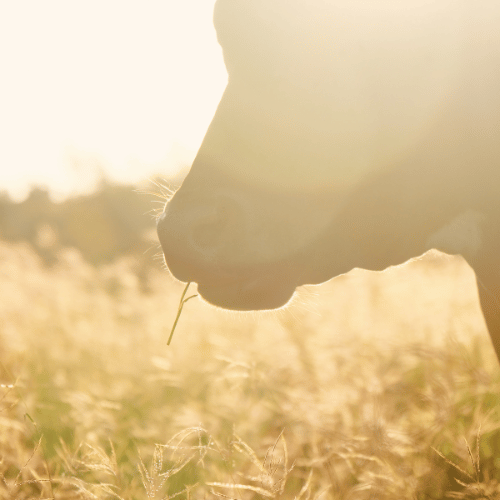Gallagher Expert Series: Grazing Strategies
Wednesday, 16 October, 2024

Maximizing Grazing Efficiency
When you understand that grazing forage costs less than half of feeding hay, you understand the importance of managing your pastures to extend grazing as long as possible in the fall and winter months. Our recommendation for stockpiling grass for winter is to graze or clip one and a half acres of cool season grass pasture per cow sixty days before a killing frost.
Rotational Grazing and Recovery
Once a paddock has been rested for around 90 days and leaves are turning brown, it is time to graze it, allowing another field to become the longer-rested paddock. Fall growth can be reserved for as long as 210 days.
Once all the warm-season growth has been grazed and temperatures and moisture are right for cool-season growth, consider feeding hay on weedy or low-fertility fields so you can grow even more grass. This may sound counterintuitive, but if you remember that feeding your grass is half the cost of feeding hay, feeding hay when you can grow grass makes sense.
Holding animals on 10% of your pastureland allows 90% of the pastures to regrow. "It takes grass to grow grass." You may choose to feed hay for only one week, but it could be advantageous to feed for a month or more. If growing conditions are good, you may feed longer. Consider animal consumption, utilization, and the growth of pastures when developing your plan.
Organic Matter and Fertilization
If organic matter is four percent or higher, there's no need for additional fertilizer. A rule of thumb is that for every one percent of organic matter, 25 pounds of nitrogen is released per year. Four percent organic matter is a great target, which would release 100 pounds of nitrogen per year. If organic matter is lower, fertilize with up to 60 pounds of nitrogen. Stay off those pastures until after Thanksgiving. Then, ration the grass with polywire for high utilization to conserve and utilize your valuable grass. Ideally, the polywire will be stretched between two parallel fences. Suppose you don't have good water distribution or permanent parallel fences. In that case, you can restrict access by setting up polywire in half-moon shapes off of the permanent fence or even setting up circles in the middle of the field using a solar charger. They should always be taken down as needed to provide more grazing and allow livestock to back graze to water.
Extending the Grazing Season
Transitioning from warm-season to cool-season forage is exciting because we can set up our farm by stockpiling grass for fall and winter, reducing feed costs substantially. If your goal is to extend your grazing season as long as possible and lower your feed costs, rationing your grass is crucial.
This article was written in collaboration with expert agricultural consultant Greg Brann
Greg Brann Consulting is renowned for Greg’s extensive knowledge of soil health, grass and livestock management systems, and plant identification. With over 40 years of experience in land and pasture management, Greg has developed tailored land management plans that offer practical ideas to help clients achieve their goals. With a BS degree in Plant and Soil Science and extensive experience as the State Grazing Land Soil Health Specialist, Greg brings a wealth of knowledge to his role.